Pekka Kuusisto and Norwegian Chamber Orchestra: DSCH at Queen Elizabeth Hall
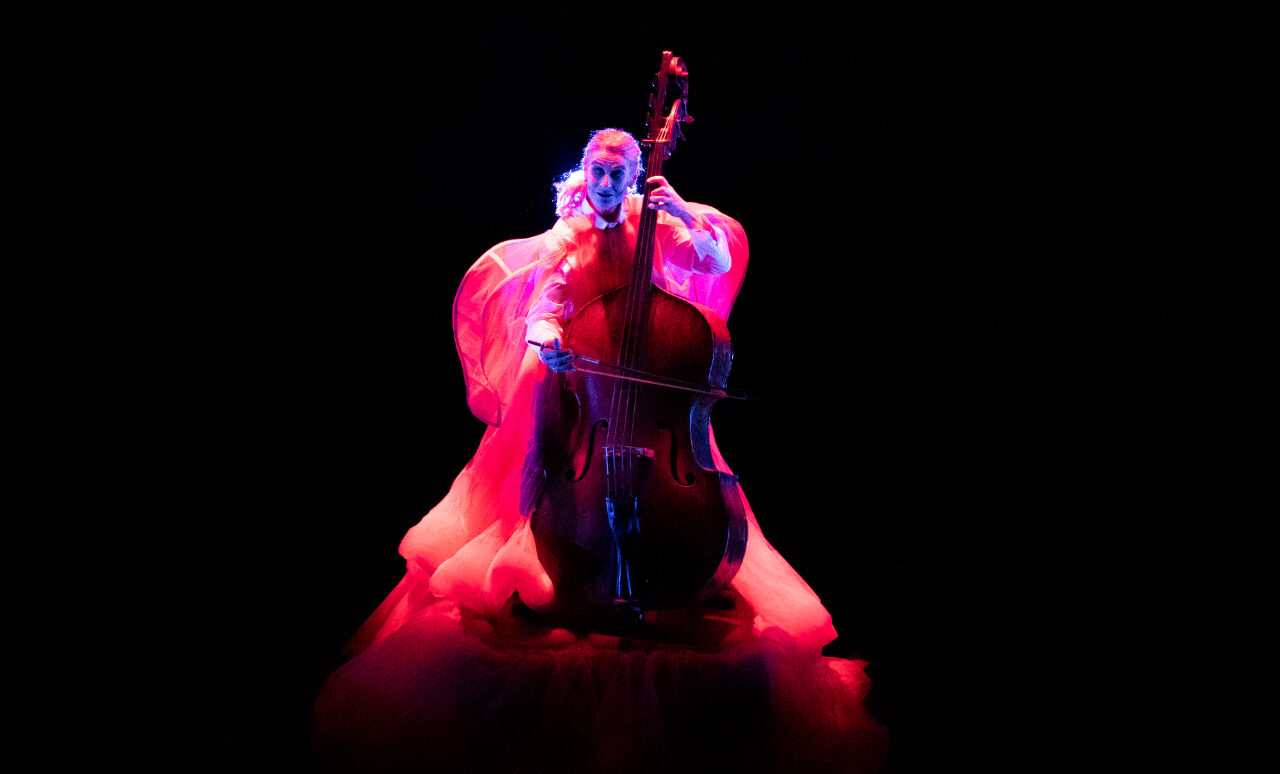
On Saturday evening, Pekka Kuusisto and his Norwegian Chamber Orchestra brought the house down at Queen Elizabeth Hall with a programme entitled DSCH. This was an hour and a half of Shostakovich with arrangements by Øystein Sonstad, taking as its foundation the 20th-century composer’s signature melodic motif (D, E-flat, C, B – or his initials DSCH, based on the German notation), and revelling throughout in the composer’s weird, grand, tender, fiery, frenetic, folk-like oeuvre and the sheer artistry displayed on-stage. There was no interval, and anyone who left the hall part-way through would not be readmitted, but somehow the experience was spellbinding from start to finish.
This was in part thanks to some genre-bending and cross-arts intrigue, brought about under the direction of Mikkel Harder Munck-Hansen (who conceived the idea alongside double bassist Katrine Sonstad), with lighting and set design by Lars Egegaard Sørensen that added an extra dimension to the music. There were beautifully eerie passages on the viola (Ida Klokk-Bryhn) lit by an enormous full moon, a psychedelic Lady Gaga-style double bassist (Sonstad, pictured) blistering through the Allegretto from Shostakovich’s first cello concerto as a red angel (“lit” in every sense), a section with the full ensemble that successfully delivered 20th-century classical music as thrash metal, and a surreal but invigorating turn on walking bass drum for Kuusisto during cellist Audun Sandvik’s later rendition of an excerpt from the second concerto. The players were in costumes (by Maja Ravn) for the duration, sporting a mismatched array of ill-fitting, vaguely Chaplin-esque suits, along with striking black-and-white makeup and occasional semi-transparent masks that distorted or hid their faces, bringing an element of macabre to the score and inviting thought about communication on-stage – particularly in the arena of classical music that is so often stilted and inscrutable. While it is arguably true that the concrete “meaning” behind the various artistic decisions was not always clear, the impact of the combined elements was undeniable – and what artist is entirely prescriptive in their message anyway?
The addition of an accordion to the programme was ingenious both as a textural device and as a way to further emphasise the earthy, folk-influenced bent in much of Shostakovich’s work. Bjarke Mogensen provided this and so much more; a moment during the arrangement of Piano Concerto No. 2 where his accordion took on the famous solo piano entry was surprisingly but utterly transcendent.
Yet despite all the multi-sensory, multi-arts, multi-genre stops being pulled out, what was even more impressive was the absolute mastery of the ensemble. This was no classical symphony from memory: this was a choreographed, costumed series of rearranged and often very complex 20th-century material with no sheet music, executed with consummate skill, synchronicity and total commitment across the board – and if that doesn’t get people going to classical concerts, who knows what will. This performance by the Norwegian Chamber Orchestra was nothing short of super-human.
Alexandra Fletcher
Photo: Pete Woodhead
For further information and future events visit Norwegian Chamber Orchestra’s website here.

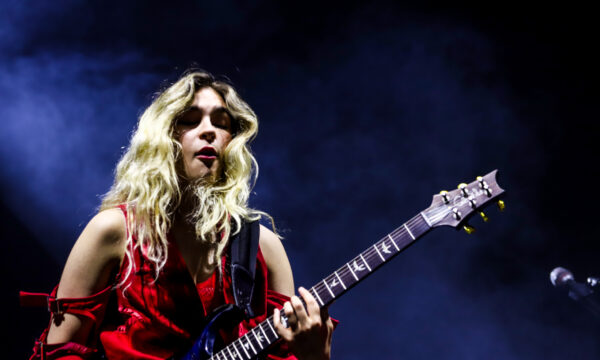
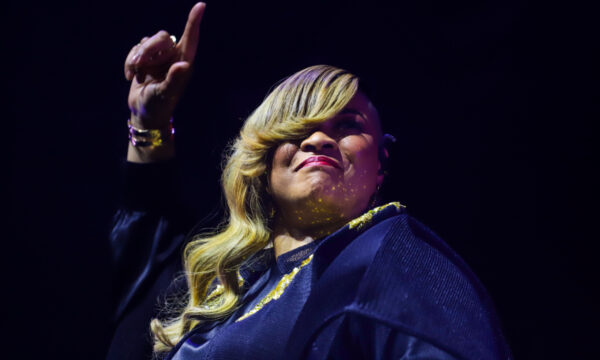
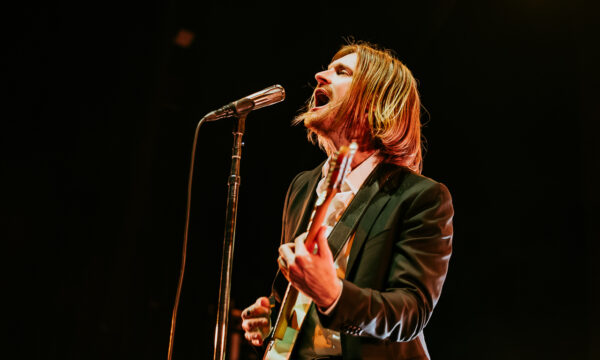
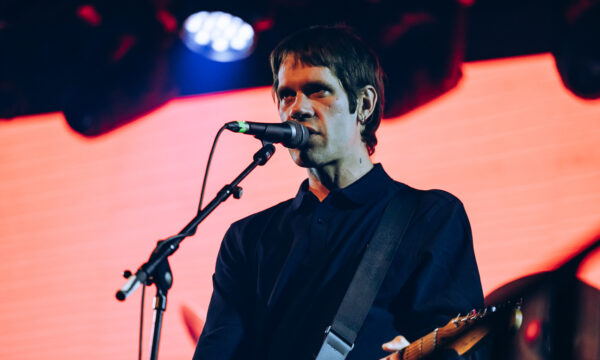
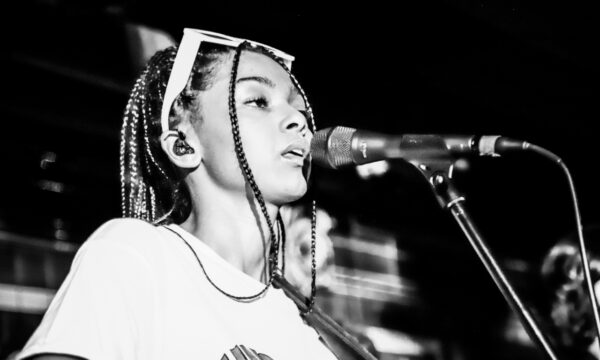
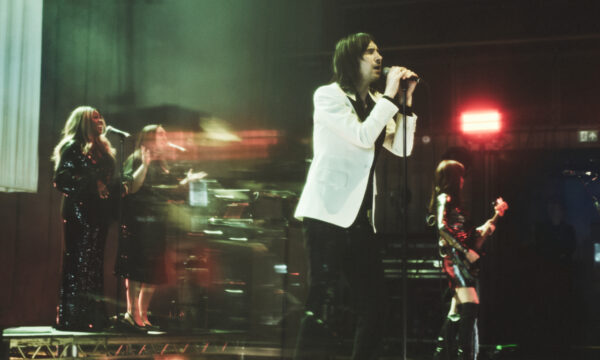
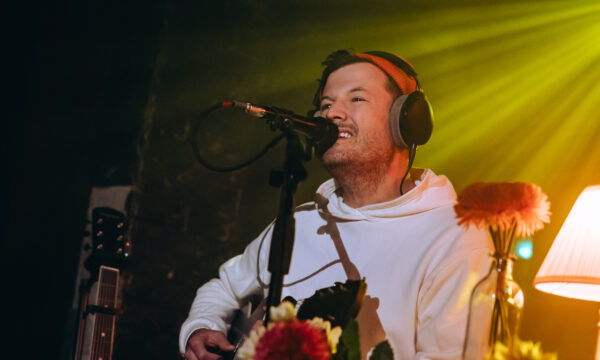
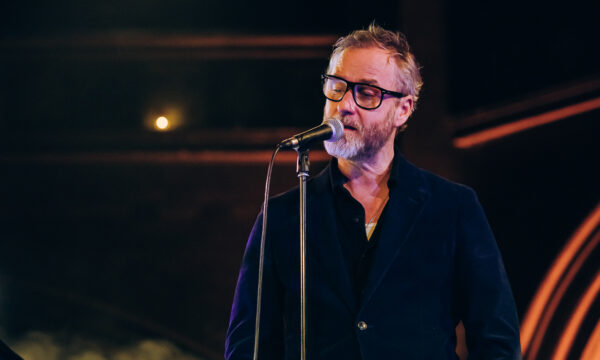
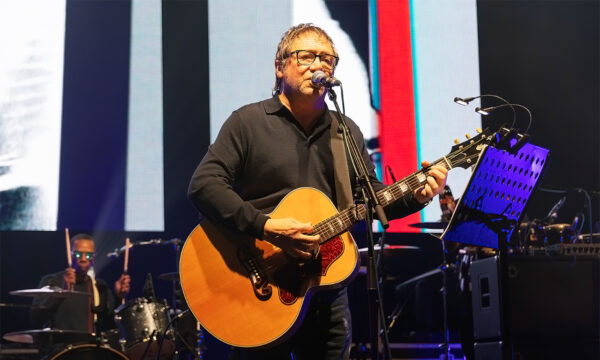






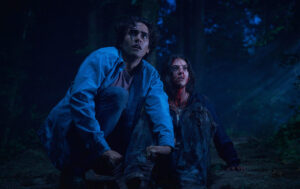
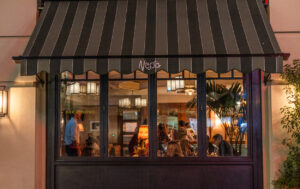


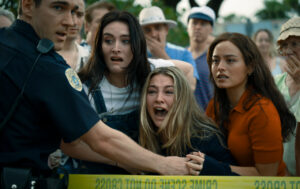
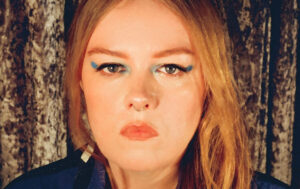
Facebook
Twitter
Instagram
YouTube
RSS